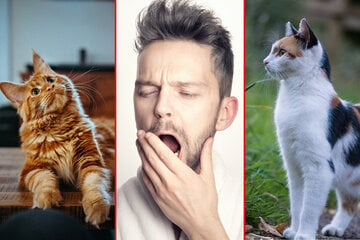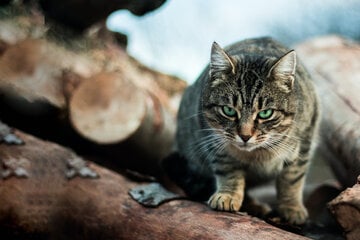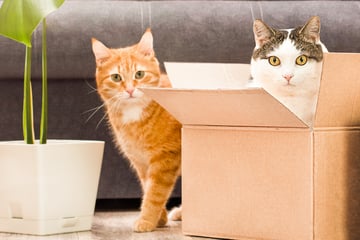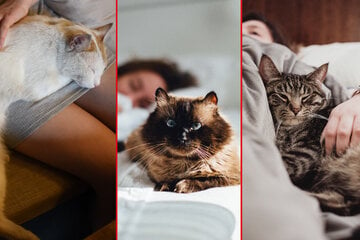Why do cats wag their tails? What's with the tail flick?
There are few things more expressive than the movement of a cat's tail. You can tell almost anything from the way it flicks backwards and forwards. Why do cats wag their tails, what does it mean, and why is it important?
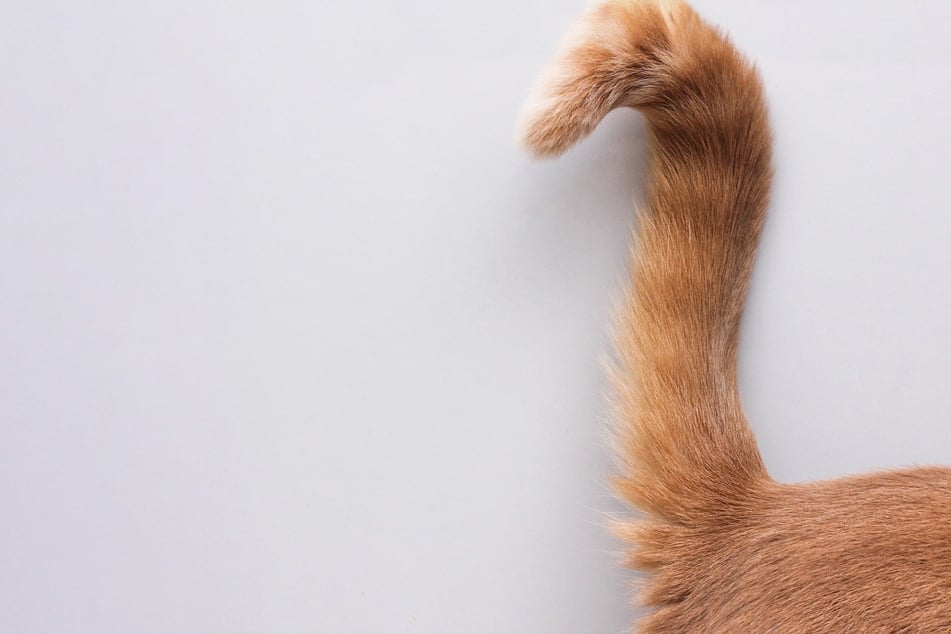
A cat's tail is not only important as a part of its body, but also as an anatomical feature that provides balance and plays a crucial role in communication. There are many different positions that indicate many different moods and desires, but how do we read such behavior? Luckily for you, it's not too hard!
In this cat guide, TAG24 will take you through why cats wag their tails. What does each different cat tail flick mean, what can you learn from this behavior, and is it ever something to worry about?
What does it mean when a cat wags its tail?
There are a variety of reasons why a cat might wag its tail, no matter the situation. You'll notice that these fluffy little fellows are constantly swirling their tails around, forming different shapes, and touching different objects. It's sweet, soft, and cute, but it's not without a story to tell.
These movements have unique meanings behind them, defined by four distinct emotions: Stress, playfulness, aggression, and affection. We're going to take a look at how your cat's tail conveys each of these emotions.
It's important to note: When it comes to a cat's tail, it's not just about the swirls. If it starts touching you with its tail as it walks past, this is significant and indicates affection, and its tail also functions as a way to maintain balance and stability.
Cat tail wagging due to stress
Cats will often wag their tails as a response to stress or as a sign of nervousness. There are a variety of signs that point to cat anxiety, including behavioral and psychological changes that can worsen over time if left untreated. Some of these signs of stress include reduced consumption of food, hiding and disappearing, and hair loss.
If your cat is stressed, its tail will become quite hard and pointed. It will flick quickly and nervously around the place, and will often stick straight up into the air or flop between its legs.
Treatment tip: If your cat is stressed out or experiencing anxiety, it's important to try and calm it down as best you can. Give it some pets, provide some food, quieten down its immediate environment, and give it space if that's what it needs. If this becomes a more common issue, it might be time to take your cat to the veterinarian.
Your cat might be flicking its tail due to anger and aggression
When a cat gets particularly angry and aggressive, there are many signs to look out for. These fluffy little demons can get pretty mad sometimes and have a habit of getting spiky when they're angry. It's usually directed at other cats or other animals during territorial disputes – not so often toward humans.
Your cat's fur will stand up on its end when it gets furious, and it may howl. On top of that, its tail will stick straight up into the air and remain rigid. It may also point horizontally out from its bum (this is a sign of an especially angry kitty). In such a situation, it's best to keep your distance.
Treatment tip: It is generally recommended that outdoor cats are neutered in order to reduce the likelihood of aggressive behavior and unwanted kittens. Neutering is important as a way of improving a cat's health and temperament, and it is required in many countries and jurisdictions.

Cats move their tails during play
Cats often wag their tails when they play, expressing excitement and positivity. It can be a sign that your cat is happy and feels safe around you, allowing itself to be vulnerable and upbeat. Beware, though, as playing with a cat can be a tad dangerous – watch those claws!
When a cat is particularly happy and playful, it will wildly wave its tail around. It'll be relatively limp and nimble, hard to catch, and will seemingly flick from side to side in a sudden, unpredictable, and unexpected motion.
Treatment tip: Play is vital for a cat's mental and physical health. Provide it with plenty of toys, and engage with it when it tries to play with you. It will help you bond, create mutual happiness, and generally improve behavior.
Cats shake their tails to express affection
Finally, tail flicks and shakes can be used to express affection towards humans. Affectionate cats will couple their tail wagging with little noises, purring, and a general want to rub up against their human and spread their scent. Try not to turn down this behavior, as it is based on a deep love and trust for you.
Light touching and flowing, slow movements all characterize a cat's tail when it loves its human and wants to show that love. Your cat is marking you as its property and seeking happiness, so make sure to oblige its behavior.
Why is my cat wagging the tip of its tail while lying down?
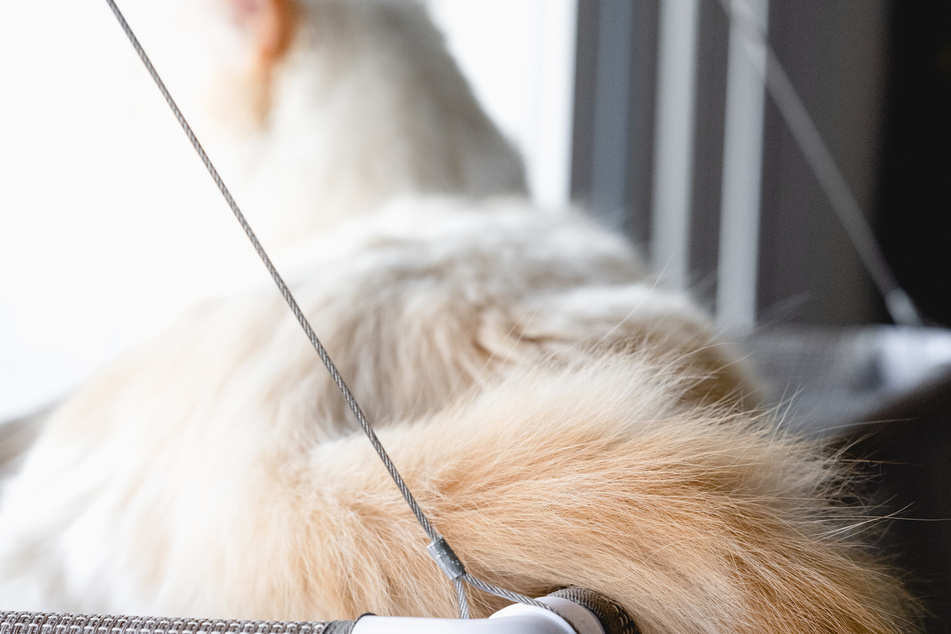
If a cat starts wagging its tail while lying down or sleeping, it is likely doing so due to some sort of stimulation. When a cat is sleeping, it goes through phases and does, indeed, dream. In the phase in which your cat is not in deep slumber but is still sleeping, it is likely to respond to environmental stimuli by moving its tail. On top of that, cats will have physical responses to things in their dreams.
If your cat is simply lying around, but not sleeping, it may be swishing its tail to express an opinion on something, or as a response to something that has happened. If you have just petted your cat, then it isn't unusual for it to continue wagging its tail for a little while afterward, for example.
Excitement, love, and affection explain why cats wag their tails
Cats' tail habits can generally be explained by one of four things: Excitement, love and happiness, anger, and play. Each of these four emotions are normal and positive behaviors in a cat (yes, even anger). Playful, loving, and emotional felines will make great pets and should have a long and happy life.
To this end, you should only be concerned if your cat's tail goes limp or stops moving at all. This could indicate an injury or illness, so it would be best to take your pet to the veterinarian immediately.
Cover photo: 123RF / Yuliya123
